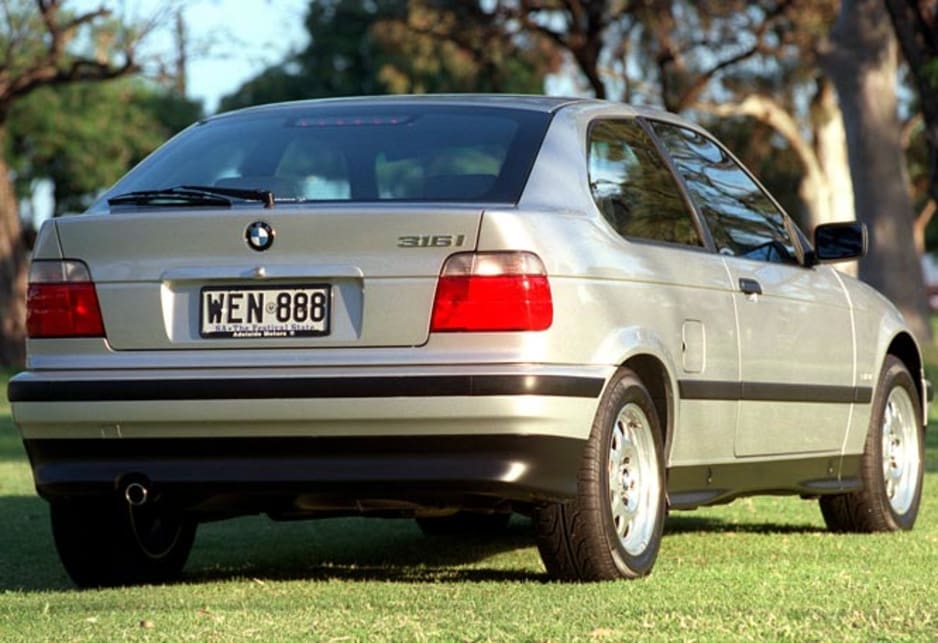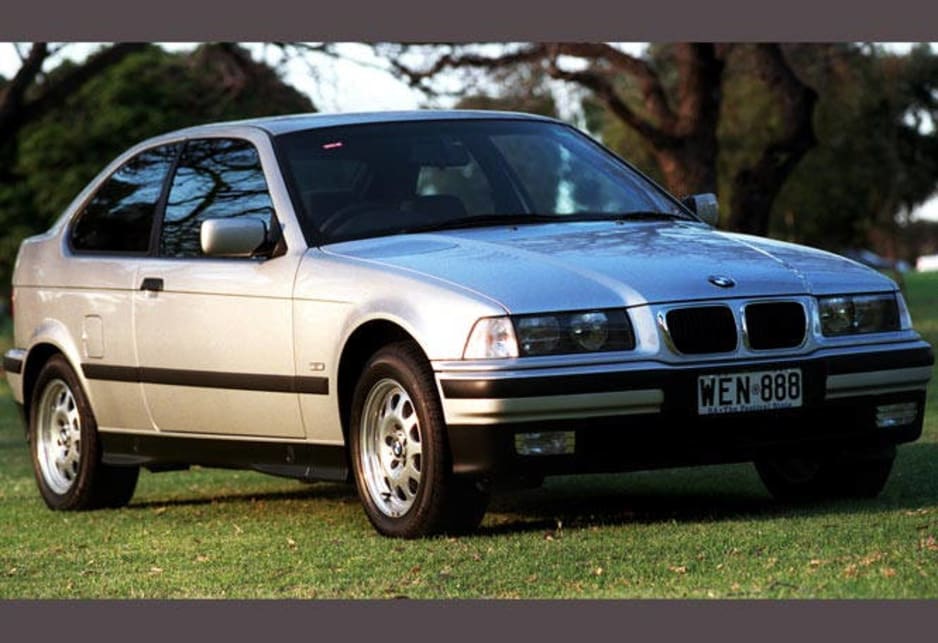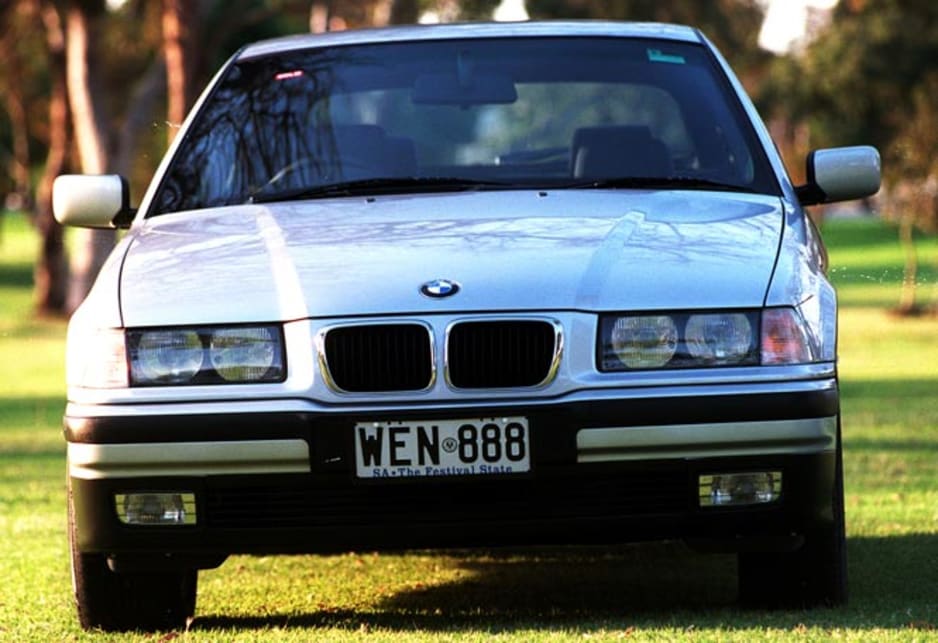Is the 2003 BMW 316i Still a Good Car? A Full Review
The 2003 BMW 316i. The name alone conjures images of sporty handling, iconic kidney grilles, and the promise of the ultimate driving machine. But almost two decades later, the question remains: can this entry-level BMW still deliver? Is it a reliable daily driver, a weekend cruiser, or just a headache waiting to happen? This comprehensive review dives deep into the 2003 BMW 316i, examining its performance, reliability, features, and overall value to help you determine if it’s still a good car in today’s market.
Performance and Driving Experience
The 2003 BMW 316i, part of the E46 generation, was never intended to be a fire-breathing monster. Its primary focus was on providing a refined driving experience. Let’s break down what you can expect:
- Engine: The 316i typically featured a 1.8-liter inline-four engine, producing around 115 horsepower. While not particularly powerful, it offered adequate performance for everyday driving.
- Transmission: Available with either a 5-speed manual or a 5-speed automatic transmission. The manual is generally preferred for a more engaging driving experience.
- Handling: True to BMW’s heritage, the 316i boasts responsive steering and a well-balanced chassis. It offers a surprisingly sporty feel for its class, making it enjoyable to drive on winding roads.
- Ride Quality: The suspension is tuned for a balance between sportiness and comfort. You can expect a firm ride, but it’s generally comfortable enough for daily commutes.
Key takeaway: The 316i delivers a classic BMW driving experience – engaging handling and a refined ride – even if outright power isn’t its strong suit.
Reliability and Common Problems
Owning a used BMW, regardless of the model, comes with the expectation of potential maintenance. The 2003 316i is no exception. Here’s a look at some common issues:
- Cooling System: Prone to leaks and failures, including water pumps, thermostats, and expansion tanks. Regular inspection and maintenance are crucial.
- VANOS System (Variable Valve Timing): Can develop issues over time, leading to reduced performance and rough idling.
- Oil Leaks: Valve cover gaskets, oil pan gaskets, and other seals can leak with age.
- Suspension Components: Bushings, ball joints, and shocks can wear out, affecting handling and ride quality.
- Electrical Issues: Can be present, including window regulators, central locking, and other electronic components.
Important Considerations:
- Maintenance History: A well-maintained 316i is significantly more likely to be reliable. Look for service records.
- Professional Inspection: Before purchasing, always have the car inspected by a qualified mechanic specializing in BMWs.
- Parts Availability: Parts are generally available, but they may be more expensive than those for mainstream brands.
Features and Interior
The 2003 BMW 316i, even in its entry-level trim, offered a respectable level of features for its time:
- Interior: The interior featured quality materials, a driver-focused layout, and comfortable seating.
- Standard Equipment: Air conditioning, power windows, power mirrors, and a decent sound system were standard.
- Optional Features: Depending on the trim level and options selected, you might find leather upholstery, cruise control, a sunroof, and upgraded audio systems.
- Infotainment: The infotainment system is dated by today’s standards, with a basic radio and potentially a CD player. Upgrading to a modern head unit is a common modification.
Value for Money: Is it Worth Buying?
The 2003 BMW 316i can be a compelling option for those seeking a premium driving experience on a budget. However, several factors influence its value proposition:
- Price: Prices vary depending on condition, mileage, and location, but generally, they are relatively affordable.
- Maintenance Costs: Be prepared for potentially higher maintenance costs compared to more common vehicles.
- Depreciation: The car has already depreciated significantly, which can be a benefit.
- Resale Value: Resale value is unlikely to be high, but a well-maintained example can hold its value better.
Consider these pros and cons:
Pros:
- Engaging driving dynamics
- Premium brand image
- Relatively affordable purchase price (initially)
- Comfortable and well-appointed interior
Cons:
- Potentially expensive maintenance and repairs
- Age-related issues
- Fuel economy is not exceptional
- Dated infotainment system
Conclusion: Is the 2003 BMW 316i Still a Good Car?
The 2003 BMW 316i, when well-maintained, can still be a rewarding car to own. It offers a classic BMW experience with engaging handling and a refined interior. However, potential buyers must be realistic about the potential for maintenance costs and age-related issues.
If you’re considering a 2003 BMW 316i, prioritize a thorough pre-purchase inspection and meticulously review the service history. If you’re prepared for the commitment and potential expenses, it can be a fun and stylish entry point into the world of BMW ownership. If you’re looking for a completely trouble-free and low-maintenance car, you might want to look elsewhere.
FAQs About the 2003 BMW 316i
1. What is the fuel economy of the 2003 BMW 316i?
Fuel economy typically ranges from 25-30 mpg on the highway and 18-22 mpg in the city, depending on the transmission and driving style.
2. Are parts for the 2003 BMW 316i readily available?
Parts are generally available, but they may be more expensive than parts for mainstream brands. Both OEM (Original Equipment Manufacturer) and aftermarket parts are available.
3. What are the common signs of a failing cooling system in the 2003 BMW 316i?
Common signs include overheating, coolant leaks, low coolant levels, and the smell of coolant.
4. Is the 2003 BMW 316i a good first car?
It can be, but it’s not the ideal choice for everyone. It’s best for drivers who are willing to learn about car maintenance and are prepared for potential repair costs. 5. What is the recommended oil type for the 2003 BMW 316i?
Consult your owner’s manual, but a 5W-30 or 0W-30 synthetic oil is generally recommended.




